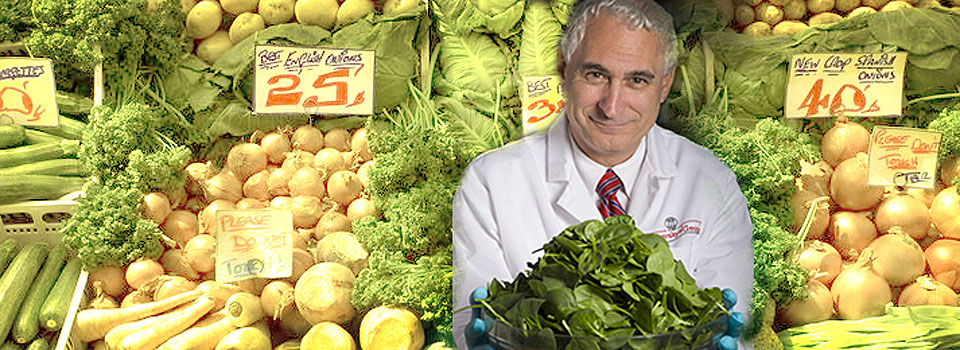A University of Georgia expert says the challenges in ensuring a safe U.S. food supply will continue to grow to unprecedented heights unless solutions are provided quickly.
“Although most foods Americans eat are safe, with odds of greater than 1 in 1 million of becoming hospitalized from a serving of food, the dynamics of the U.S. food system are rapidly changing,” said Michael Doyle, director of the UGA Center for Food Safety. “Consumers are much more vulnerable now to large episodes of foodborne illnesses. “Hundreds of illnesses from contaminated spinach, lettuce, tomatoes and even peanut butter have made U.S. newspaper headlines in recent months. Other reports tell of tainted shellfish, pet food and a variety of foods and food ingredients imported from countries such as China.
Doyle said imported foods and inadequate testing methods at U.S. ports are significantly affecting the safety of America’s food.
He said 15 percent of the food Americans eat is imported from other countries. “That may sound like a small amount,” he said. “But it represents 80 percent of the seafood and 45 percent of the fresh fruit consumed in the U.S.”
The problem isn’t where the food comes from, but how it’s grown or processed before it reaches American soil.
“The centuries-old tradition of using human excreta on farmland is widespread in East Asia, especially in China and Vietnam,” Doyle said. “And unsanitary polluted water is used in production and processing. The result of these practices is contamination by harmful microbes such as Salmonella.”
Imported food also comes from Asian countries where growers are allowed to use pesticides banned by the U.S.
“They’re not only using these pesticides, they’re using them in excessive levels,” Doyle said. “This leads to residue contamination in foods.”
The solution to problems surrounding imported foods, Doyle said, lies in the hands of food producers, processors and such regulatory agencies as the U.S. Food and Drug Administration.
“Solutions to today’s food safety issues will not come easy,” he said. “They will require a major research commitment to developing state-of-the-science methods to detect, control and eliminate harmful substances in foods.
“The food industry, whether it be growers, manufacturers or distributors, is responsible for providing safe foods,” he said. “And regulatory agencies need more rapid and robust sampling and detection methods to verify that foods, especially those that are imported, are safe from harmful microbes and chemicals.”
The percentage of food imported into the U.S. doubles about every 10 years. At this rate, the U.S. will be a “net food-importing country within 20 years,” he said.
Doyle expects the number and frequency of foodborne illnesses to increase in the U.S. as the percentage of imported foods increases.
“Considering the dramatic changes occurring in our sources of food and the weaknesses present in our current food safety system, Congress needs to step up its funding of research to ensure the safety of the U.S. food supply,” he said. “The longer we must wait for solutions the more challenging it will be to make effective corrective actions.”
